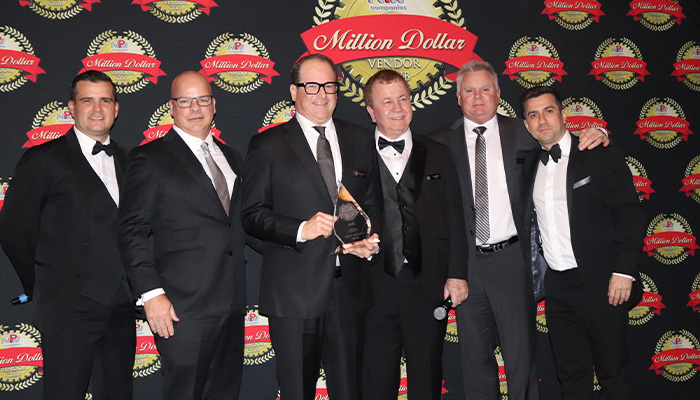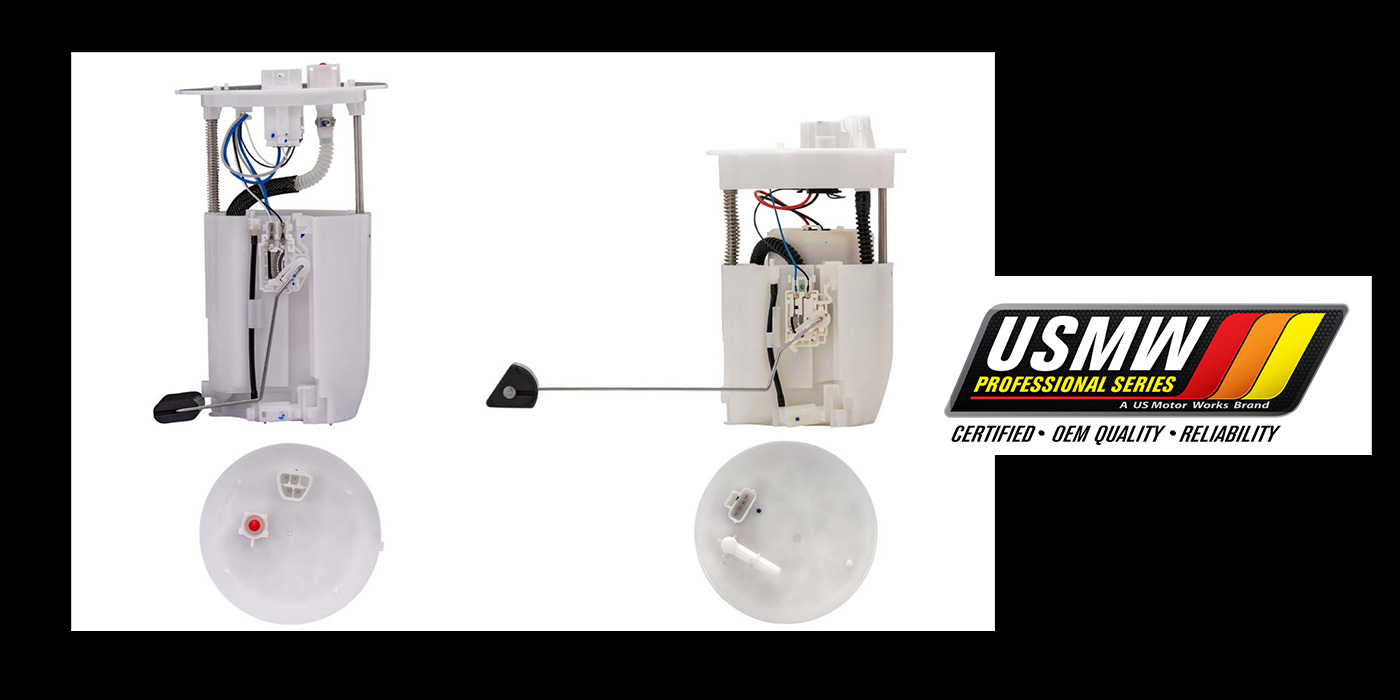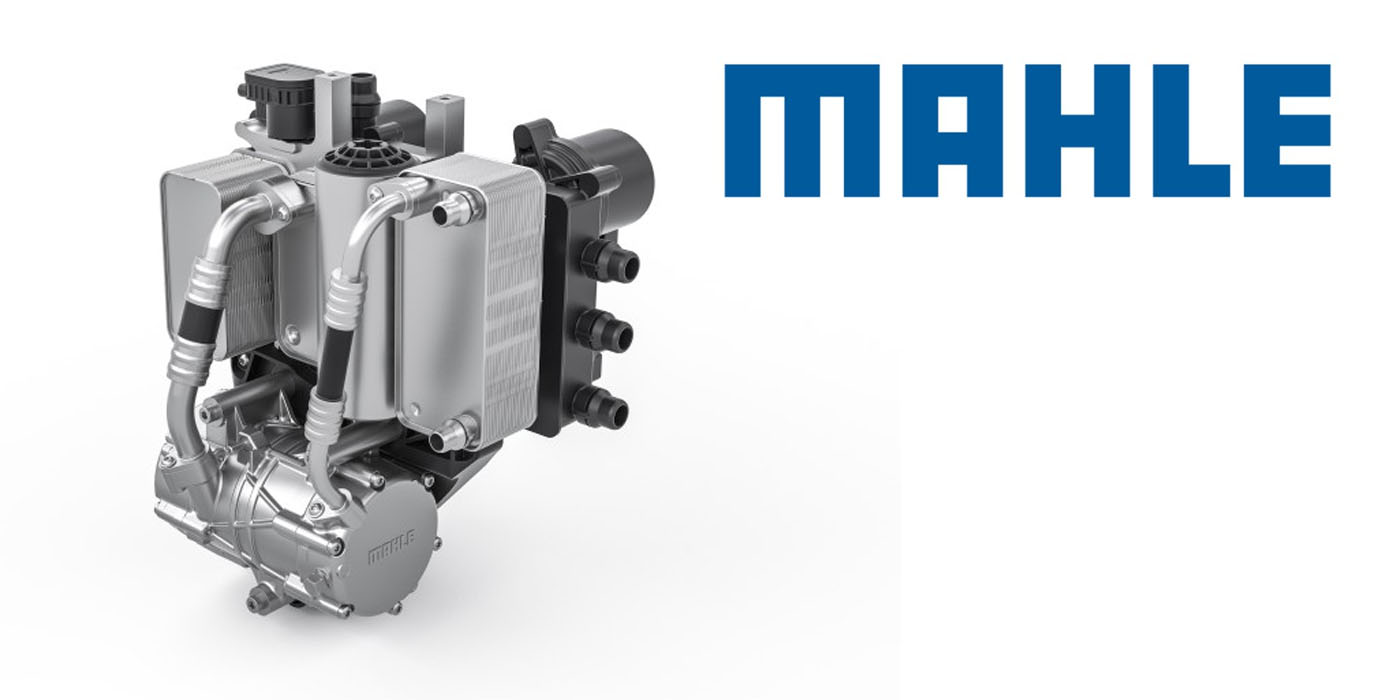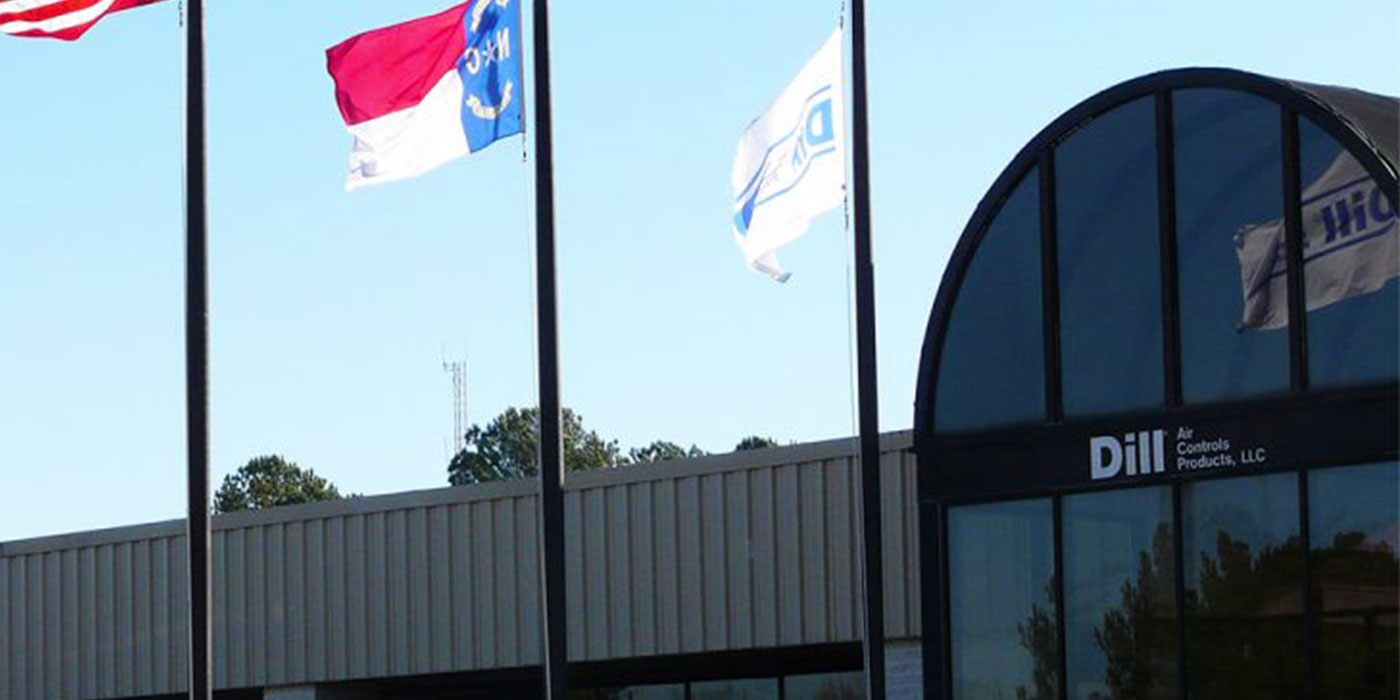MISSION VIEJO, CA — Daniel H. Burnham, the 19th century architect and city planner who designed the first skyscraper and conceived the master plans for Chicago and other great cities was quoted as once saying, “Make no little plans, for they have no magic to stir men’s blood. Make big plans, remembering that a noble, logical diagram once recorded will never die.”
Most aftermarket professionals work very hard. It can be rewarding but it’s also a tough, competitive, demanding industry that voraciously gobbles up time and energy. Trying to follow Mr. Burnham’s advice to make big plans can easily be precluded by the focus needed for just handling day-to-day activities, as described in another saying that goes something like, “When you’re up to your neck in alligators, it’s hard to remember that your original objective was to drain the swamp.”
But make no mistake about it, big plans are being made — whether you are making them or not — big plans that will revolutionize aftermarket business processes and the very fabric of the industry as we know it. It took big plans to reinvent other multi-billion dollar industries, like fast food, personal computing, telecommunications, consumer goods retailing and travel, just to name a few. Although you may not be looking to transform your firm into the next MacDonald’s or Dell Computers, aiming for bigger and better with a plan in hand will provide you with a running head start in remaining competitive in a quickly changing business world.
One exercise in business management that can be both eye-opening and humbling is to take a step back from those alligators and make an objective critique of the “swamp.” Imagine that your firm is a brand new one, not yet open for business. If you had to submit a business plan to a bank or investor for the purpose of acquiring capital to open your doors, could you write one that was compelling and visionary enough to get that check in your hands? Before Xerox was a household word, that new pioneering company had to first overcome stiff resistance and an overwhelming amount of general apathy in convincing investors that every office in the world would someday be willing to make a significant capital investment in a whole new technology and want to obtain one or more copying machines, even though the business standards at the time of using inexpensive carbon paper or mimeograph duplication seemed quite satisfactory. Those big plans held by Xerox were ultimately funded and they went on to reinvent office procedures. To put things in perspective, writing your own business plan will be much easier because a mature market already wanting automotive products and services already exists. So the puzzle you have to solve is not whether or not you have desired products or services — you do. The objective of the business plan will be to determine why customers would want to obtain them from your firm.
Defining your market — who wants your products or services — is the relatively easy part. The more challenging aspects of writing a business plan are the strategic and operational ones — developing strategies and positioning and modes of conducting business that will set you apart from the competition and allow you to fulfill your objectives. A company’s positioning strategy is affected by a number of variables that are closely tied to the motivations and requirements of customers within the target market as well as the actions of primary competitors.
Before a product or service can be positioned, several strategic questions need to be answered:
• How are your competitors positioning themselves now and how will they be different two years from now? Five years from now?
• What specific attributes does your firm have that your competitors don’t?
• What customer needs does your firm deliver better than your competition and how will you do that?
Creating a unique selling proposition is all about positioning your offering different from, and more valuable than, those of the competition. There may be very little difference between your product or service and your competitors’. In fact, they may be the same. But in the aftermarket, if you can find a better or faster or less expensive way to deliver it, you will become the vendor of choice. Positioning is serious business. Creating an image that will sustain the business of existing customers and attract the business of new ones is how companies grow.
The most effective way for an aftermarket company to create that unique selling proposition today is to leverage the power of technology to both enhance existing business processes and reinvent new ones. Delivering products and services to your market faster than anyone will distinguish you in a fragmented, slow-to-change, mature industry and sustain your competitive advantage. Capitalizing on the power of the Internet will provide customers with the easiest and most accurate method of placing and monitoring the status of orders. The potential for restructuring, or “disintermediating,” the distribution channels in the aftermarket is enormous. Aligning your firm with a strategic technology partner such as DST will provide you with the powerful complement of guidance and support required to ensure that best-of-breed technology will fuel your operations both today and in the future. Having a technology partner significantly improves your opportunities to capitalize on growth and profitability initiatives and on making your business plans business realities.
When interviewed about this topic, Bill Schlatterer, COO of Little Rock, Arkansas-based Parts Warehouse Inc., noted that “While the primary functions of our industry are still sales and distribution, fundamental changes in information and communication models will enhance the ability of some to sell product to the end user while eliminating costs in the distribution channel, beginning with the vendor and ending with the technician turning the wrench. The need to continuously evaluate best of class solutions is a given. Options, flexibility, responsiveness, adaptability, and strong relationships with IT providers are the order of the day. Our go-forward plan is to build flexibility around a proven cost effective business system and tightly integrate store level POS with emphasis on central services and distribution efficiencies at all levels. We will reject proprietary solutions, copy shamelessly from those who do it better than us, enhance those value points that are company specific, and do it with the goal of providing superior services at the counter level.”
Whether your business goal is to become the most pervasive parts or service phenomenon in the industry or to more realistically become better at what you do and appeal to a broader market, after exhausting more traditional methods of business building such as lowering costs and increasing marketing, technology holds the key to provide the best return on your business investment dollar. Your business plan can’t succeed without it.
Gross margin and profitability are not (believe it or not) the only objectives that businesses have. In fact, the terms have become almost trite from over-use. They may be the ultimate objective, but to accomplish that there are intermediate steps needed in your plan, such as building a lean and mean ordering and distribution process, targeting and delivering to new audiences, reorganizing management processes, making smart buying choices, establishing an indispensable need and a niche for services rendered, outperforming competitive forces, determining the most productive use of employee resources and having the data needed to assess strengths, attack problems and explore areas of opportunity.
DST would like to help you with that business plan, as we have played a crucial role in formulating new directions for so many of our clients. Without a business plan that includes technology-driven initiatives, the industry may be telling you “See ya later, alligator.”
We continue to love to get your responses to our weekly questions, hearing your thoughts on the topics that we post, suggestions for additional questions and anything you’d like to share. Send us an email at: [email protected] or give us a shout at 1.800.700.4DST.
_______________________________________
Click here to view the rest of today’s headlines.
“DST Asks” is written and sponsored by DST Inc. The opinions expressed in “DST Asks” articles appearing on aftermarketNews.com do not necessarily reflect the opinions of AMN or Babcox Publications.















